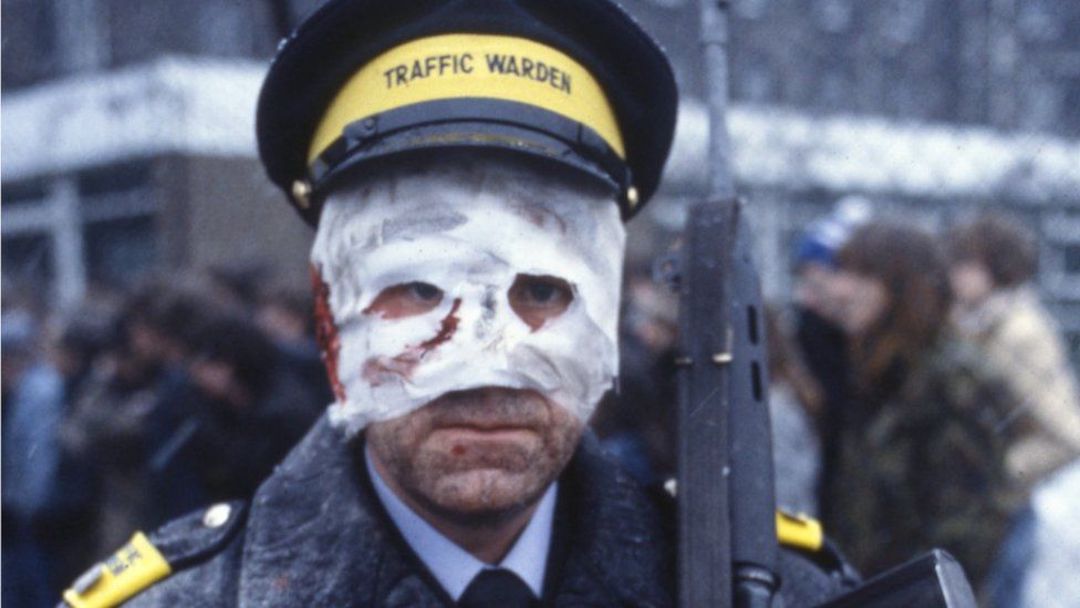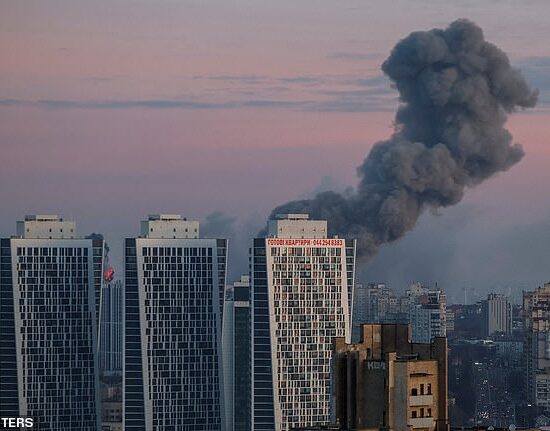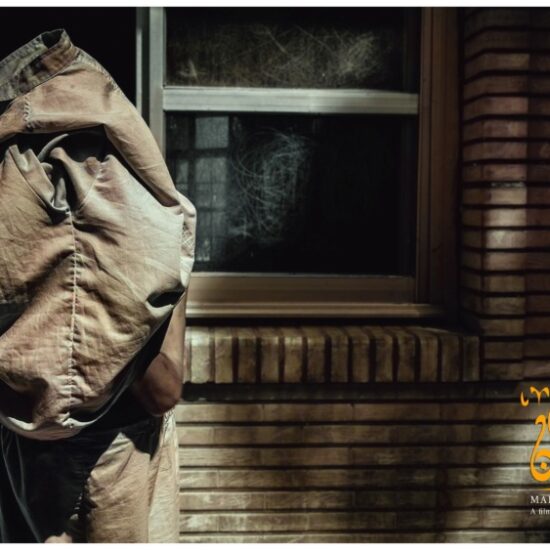
As the R.E.M song goes, it’s the end of the world as we know…but sadly, no one feels fine. Nina Romain looks at the more realistic post-apocalyptic movies.
Post apocalyptic movies should not really end well, but you might hope at least for a semi-hopeful ending. If not the typical Hollywood happy ending where everyone drives off into the sunset to find the day has been saved, maybe the survivors usually find out that they’re not alone after all and there is, perhaps, some glimmer of hope left?
They may discover there’s a cure for the fatal disease that’s destroyed most of the world, with a last-reel bunch of doctors/scientists/faith healers who are ready to save everyone. But some films prefer to focus on what happens when everything isn’t all right.
Classic post-apocalyptic I am Legend (2007) opens on the sole survivor of a post-apocalyptic nightmare, Robert Neville. He is managing to stay healthy and fairly sane, despite getting random flashbacks of his former life and (deceased) family, including a bizarre ringing in his ears. He barricades his home and stays busy playing golf in a deserted New York, and dreams of finding more survivors. With a sequel possibly on the way, we may find out Neville gets a happier ending.
Another end-of-the-world-as-we-know-it drama, again in the States, is Carriers (2009). This drama is set against the backdrop of a global plague which has wiped out nearly the entire population. It starts with four teens driving hell-for-leather down a (suspiciously empty) freeway, and the vehicle has a photo in the front seat of two young boys at a remote beach-side getaway.
Then the reasons for both become clear; it’s no carefree roadtrip to the beach for a weekend of fun. The road is empty because the teens are driving through a bleak landscape of deserted Americana, a desolate setting of empty, corpse-strewn towns, with body bags crammed into lorries.
The reason for the beach picture is that it is of the two brothers, Brian and Danny Green, who are driving in search of the beach house they used to stay at as children, in paradisal Turtle Beach, Texas. There they hope to find safety among the death toll and believe they can rebuild their lives.
The gang of survivors, headed by the unofficial leader Brian (Chris Pine in a pre-fame role) and his girlfriend Bobby, wander into an abandoned hospital to find it empty except for a few remaining dying kids. The last doctor is doling out fatal doses of drugs to end their pain, and telling the children in their last moments that they are “going to Paris” after they take their “medicine”. Horrified, the teens realise there’s nothing they can do to help, and just leave again.
Towards the end, the group discover that Bobby has been fatally infected after trying to help a sick child, and Brian orders her out of the car with a few supplies and leaves her to her fate before she can also infect them. The remaining three stare at Bobby, dumped terrified on the road like a discarded garment, as the car drives away. Brian later dies as they finally draw near the beach hideout that they’ve been looking for.
Carriers’ last few minutes sees the remaining two protagonists – at this point they probably don’t qualify as heroes, seeing as they’ve just had a hand in the other lead’s death – standing on the beach of the Greens’ childhood home. They thought it was a sanctuary, but it turned out to be another death trap, with nothing but tumbledown shacks and rotting food rather than vital supplies of tinned goods. Danny’s desolate voiceover adds: “I know I will die alone” in the film’s closing moments in the failed refuge. There’s no Final Girl or Boy.
Closer to home and shot in the last century, the UK war-drama horror Threads (1984) was once billed as “Britain’s bleakest film”. It is an unflinching look at the result of a nuclear attack on the UK, shot in semi-documentary style. Even though dated, it is devastating watching, shot in docu-style with close-ups of numbed parents still holding their charred babies.
There’s mocumentary shots of an aftermath which leaves the survivors, including pregnant Everygal Ruth, facing a nuclear winter, starving to death and drinking desperately from muddy puddles like animals due to the lack of clean water. The few survivors continue to face the threats of limited food after widespread looting, and increased risk of cancer due to the damage done to the ozone layer.
Fast forwarding to a decade or so later, Threads then depicts the post-apocalyptic new world now existing in a medieval-level of population, in a permanent state of hunger due to limited crops, and stone-age technology. Society forgets how to speak apart from basic dialogue, without the need for anything but syllables. In one horrific scene, Ruth dies with the heartless line delivered by her now tweenage daughter urging her to get back to work in order to survive: (“Ruth – work”). So if the end of the world draws near, be prepared to die alone as Danny predicts, and not feel fine at any point.
Nina Romain is living proof that small children shouldn’t be taken trick-or-treating in Alabama – they tend to end up obsessed with the creepier side of Halloween! If not behind the camera on horror-comedies, she’s generally found reviewing horror scripts in the nearest netcafe over a stonecold mocha…when not unwisely being a bit of a goofball at a horror film festival. You can find her on www.girlfright.com or IMDB














